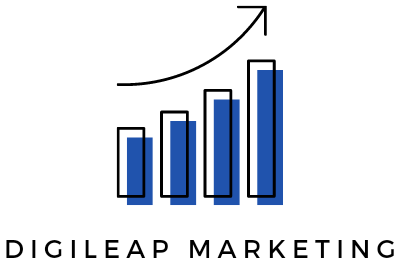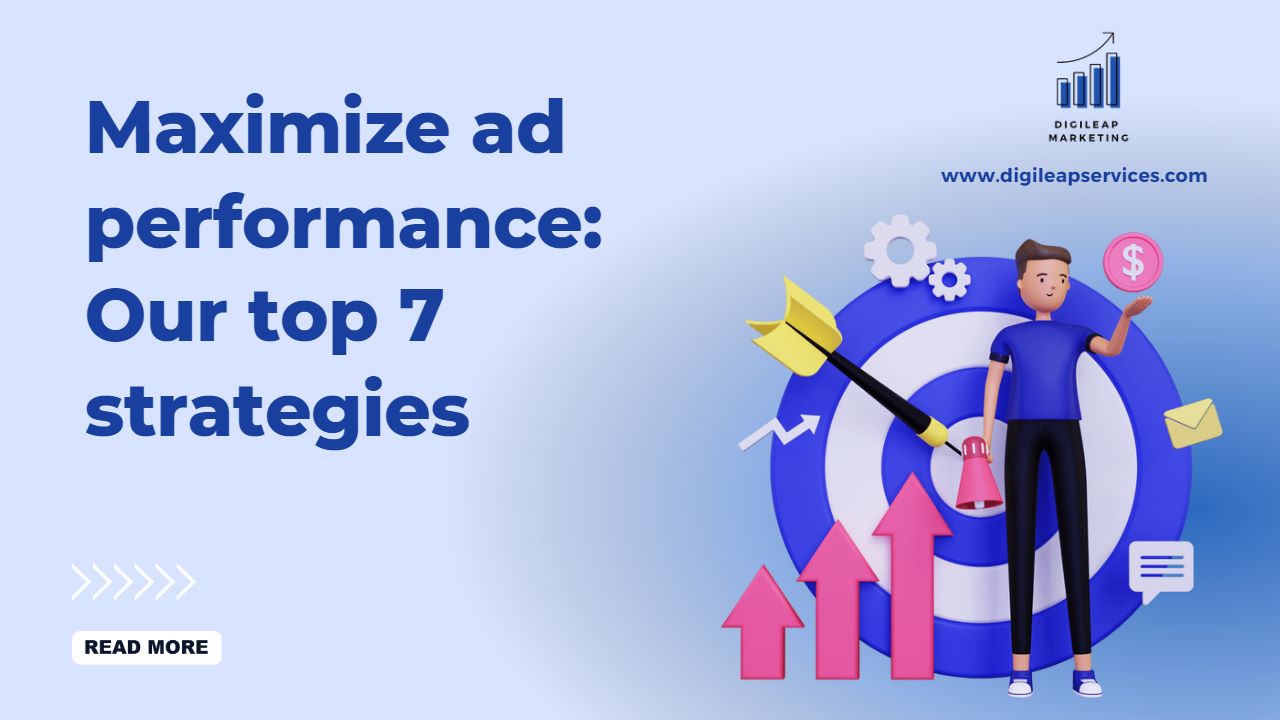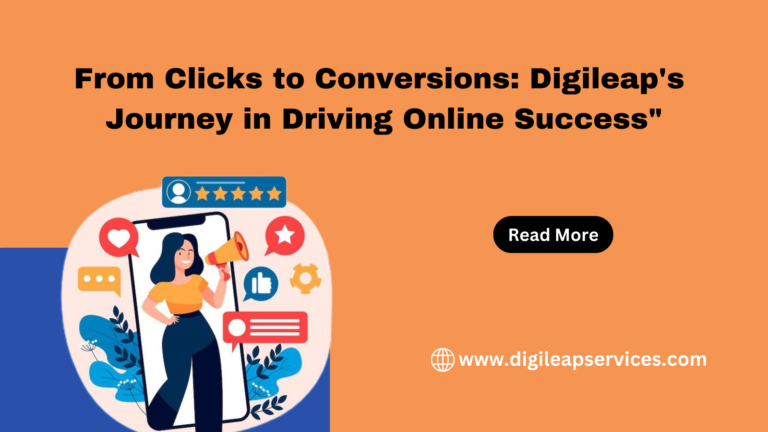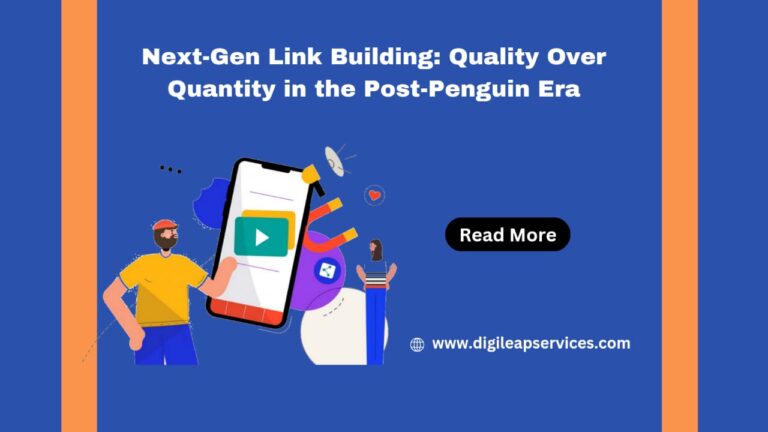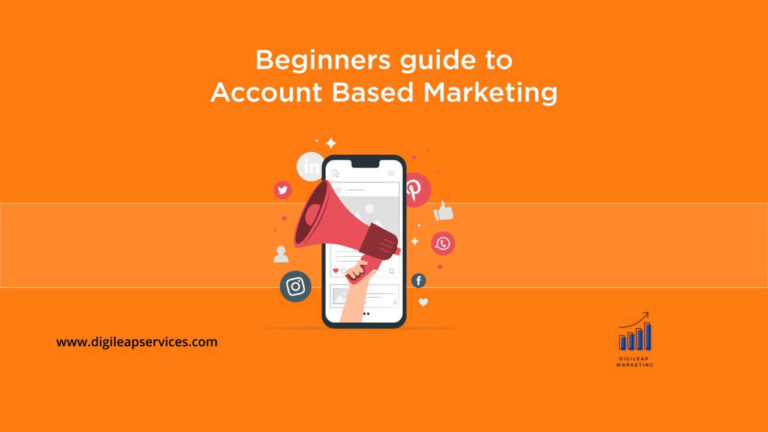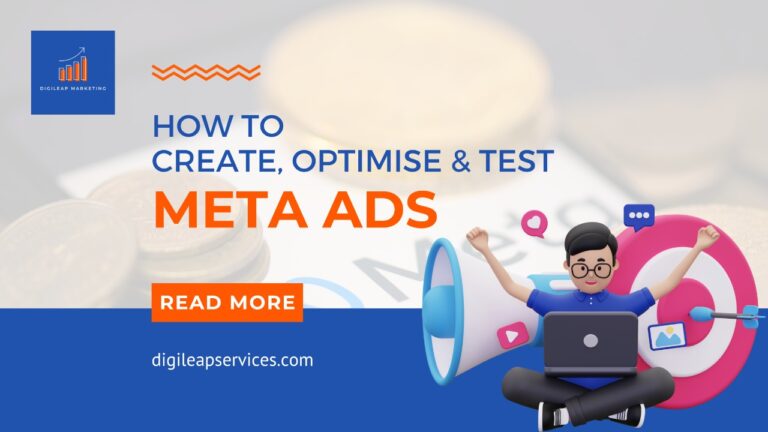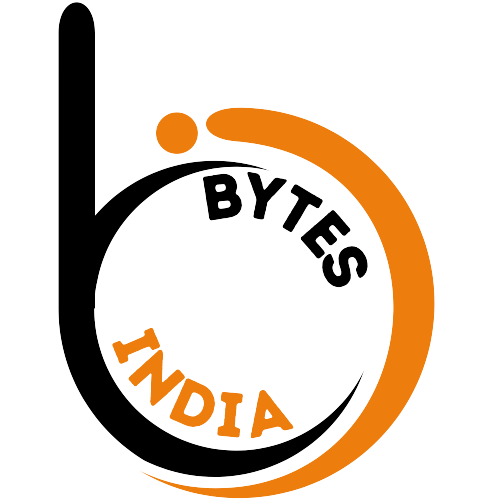Maximize Ad Performance: Our Top 7 Strategies
Maximize ad performance: Our top 7 strategies:
You could be thinking, if I set up an ad campaign perfectly, why should I optimize campaign performance? The problem is that it is sometimes impossible to determine why demand in a certain vertical or channel falls or grows over time, or what time of day your audience clicks more on advertising. Furthermore, traffic volatility is common in digital advertising, and what worked well yesterday may not necessarily perform well next week.
As a result, the Ad campaign’s performance will fluctuate, and it is critical to be prepared for such changes and to monitor KPIs. Only in this manner can you know what changes must be done to achieve effectiveness in both the short and long term.
Determine your critical performance indicators via analysis.
To begin, you must understand where to look to evaluate your marketing campaign’s effectiveness. Determine the aim of the digital campaign, followed by the key performance indicators, such as the number of served impressions, click-through rate CTR, unique visits the website/landing pages, number of leads, cost per lead, engagement rate, and so on.
Work on metrics that require improvement: Optimization
Every advertiser would like to obtain a low CPM. It simply implies you spend less per impression – how can you enhance CPM then? If data shows that your CPM and ad spend are high, or if you find that you have little traffic, these are solid indicators that you should implement the following campaign performance improvement steps:
- Reevaluate strategy
The more you know your target audience, the higher your chances of lowering your CPM. Furthermore, a properly channeled message always appeals to the interest of a certain customer. Advertisers and marketers are advised by Facebook and Google advertisements to save money by tailoring their ads so that they reach just the correct viewers at the right time and on the best channel
Don’t limit yourself too much! How can CPM be reduced? Narrowing down your audience is an excellent approach to do this. However, if you use too many targeting choices in a single ad campaign, fewer individuals will view your ad (so you get negative results). If you’ve observed that you’re not getting enough traffic, go over your targeting choices and delete any unnecessary targeting criteria (stick to one or two options).
2. Use automated CPM optimization.
Your win rate is another significant indicator of your campaign’s effectiveness on DSP. If your win rate is poor, it might signify that your bids are not competitive enough to gain impressions during online auctions. These stats may require improvement.
You usually try to limit the bid amount using a CPM limitation when you have a limited ad budget. However, if it is too low, you may not get the desired amount of impressions. You must make your big as competitive as possible in this instance. Still, they must be ideal in order to win, but not so high as to attract excessive investment.
3. Manage the budget’s distribution and daily spending.
The standard advertising platform’s algorithm is designed to spend the ad campaign budget by the date you choose as the campaign end date. The longer your ad campaign runs, the longer it will supply adverts to people and calibrate how your ad money will be spent. In this situation, campaign length equals campaign efficiency.
4. Create optimization rules.
Data on how online sources perform on average may assist you in selecting only those that provide genuine value and the highest quality impressions. Such information would make achieving your marketing and advertising objectives easier while lowering your CPM. It is significantly easier to generate high-quality traffic when you can choose your sources.
DSP solutions allow you to direct the system on how to choose resources for ad serving based on their efficacy. list based on the requirements you select. You may automatically assign them to the appropriate lists when CTR, ad expenditure, or both exceed a specific threshold.
5. Turn on the click booster.
With built-in tools like if I am talking about SmartyAds DSP Click Booster, you can automatically raise the number of clicks for your digital ad campaign in real time.
With this feature enabled, the algorithm will learn how to identify and target just the finest sites and applications with the greatest CTR while excluding dubious or inefficient ones. Advertisers will benefit from more ad clicks and conversions as a result of this. It will also reduce the total cost per click.
6. Improve your landing page and creatives.
You may not understand how crucial the creatives and landing pages are at first. Nonetheless, the evidence is obstinate – customers frequently point out that advertising messaging and creative components significantly impact the efficacy of marketing campaigns.
- Landing pages
You may measure how many people arrive at your main site or landing page, the true bounce rate, the number of leads, and how many subscribers with a Google Analytics report. You may also use social media and social interaction to learn more about your potential consumer.
It may be difficult to accomplish a successful conversion if the numbers are not good. In this instance, you should improve your site’s user flow and content quality. Is the design simple enough? When your clients click on the ad, do they arrive at the correct page? Is the wording tailored to the viewers?
- Creatives.
A fresh creative approach might produce far superior outcomes. When launching new campaigns, testing them first using A/B testing and data collection is essential. Before launching, ensure that the proportions are appropriate for the context – mobile web, in-app, desktop, and CTV.
Make certain that the advertisement is interesting and has a call to action. If you are unsure whether your creative is working well on any DSP, you may incorporate a third-party tag that tracks social engagement.
7. Examine the delivery timing and frequency.
If your stats reflect a lack of impressions and clicks, you may end up not attaining enough sales. Look for flaws in your marketing plan. At this point, you should also review campaign parameters to see why they aren’t producing great results.
Why is the campaign underperforming? There might be various causes for this, ranging from overly limited targeting to technical issues, so it’s best to approach your manager first.
The most common issue that a firm may have is when advertisements are sent at the incorrect time.
What are your company’s hours of operation? Make sure they correspond to the times when adverts are aired. If you send advertising overseas, make sure the creatives are translated and that viewers see them during the day (accordingly timezone).
You can choose which days and hours your viewers see the adverts. Remember that many consumers these days are bothered by excessive advertising, which is why setting frequency limits on DSP to the appropriate 3 impressions per person can help you boost user engagement while saving money from overpaying.
Conclusion
Ad campaign performance monitoring and subsequent adjustment may significantly lower the cost per impression. Apart from lowering impression costs, proper optimization may boost campaign CTR, conversion rates, leads, ROI, user engagement, social media mentions, sales, campaign income, and more.
